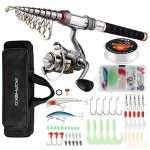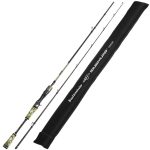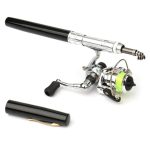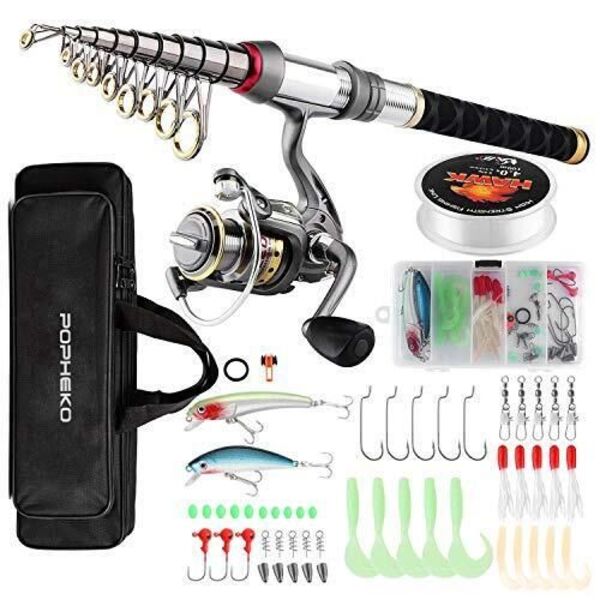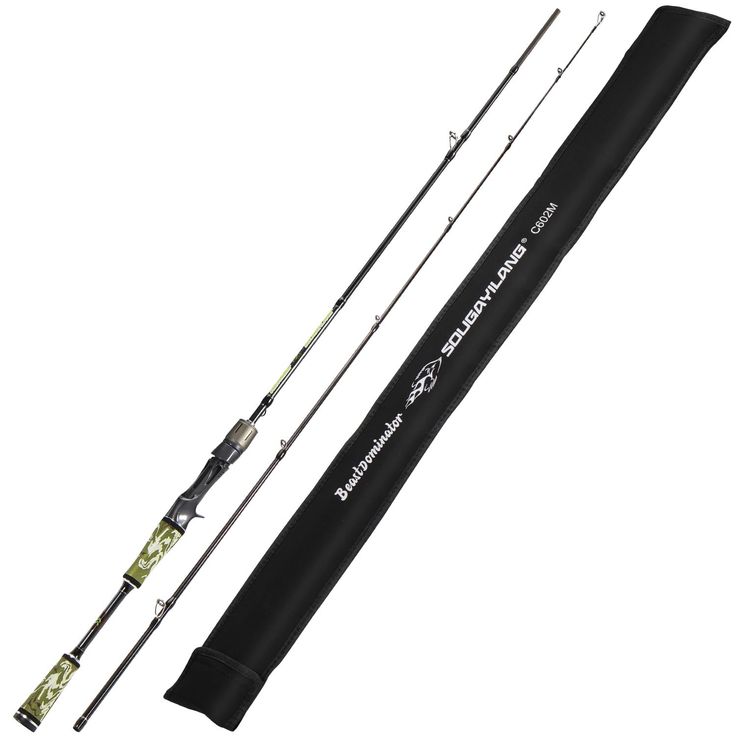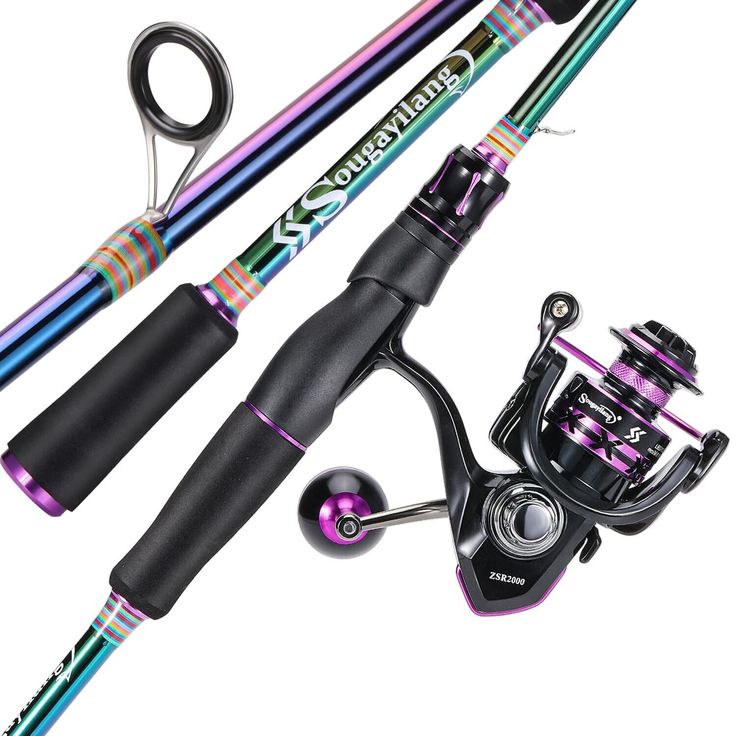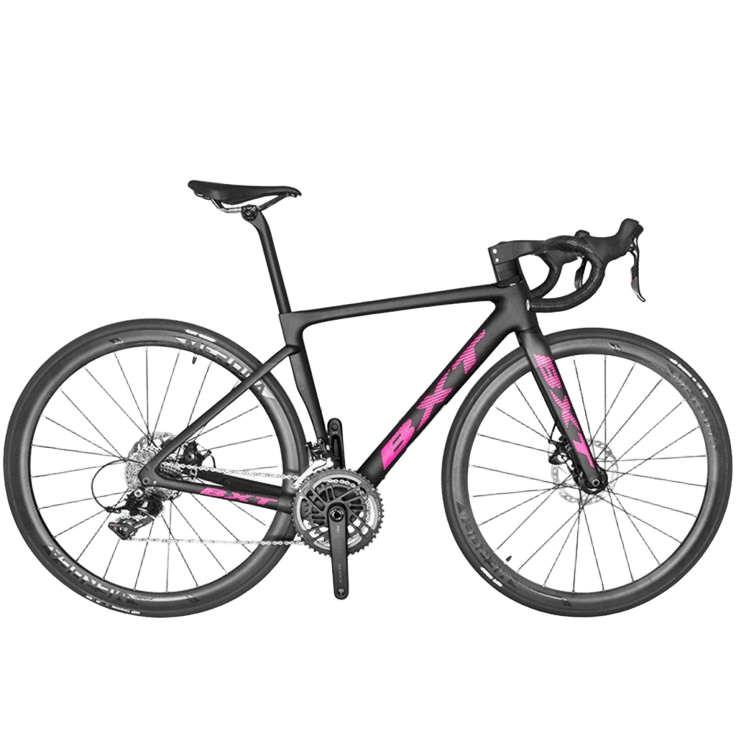If you’re an avid angler who loves fishing trips, you know how crucial it is to transport your gear safely. A well-organized vehicle can make all the difference. One essential item for any fishing enthusiast is a sturdy rod holder. In this guide, we’ll walk through how to create a reliable, DIY fishing rod holder tailored specifically for your truck bed. You’ll find all the necessary steps and materials listed here, ensuring that you can easily set up your own rod holder in no time. Whether you’re heading to your favorite fishing hole or embarking on a weekend adventure, this project will improve your organization and protect your gear.
Understanding the Importance of a Fishing Rod Holder
Why a Rod Holder Matters
Transporting fishing rods can be tricky. Those fragile items need protection during transit. A rod holder helps keep rods secure. Without a proper holder, rods can bend, break, or become damaged. Additionally, having a designated space for your gear promotes organization. When everything has its own place, it’s easier to find what you need quickly. Rather than rummaging through clutter, you’ll know exactly where to look. This becomes especially important when you’re in a hurry. A fishing rod holder, therefore, is not just a luxury; it’s a necessity for any serious fisherman.
Benefits of a DIY Approach
Opting to build your own rod holder offers numerous benefits. First, it can save you money. Pre-made holders can be surprisingly expensive, often costing more than you’d expect. By building your own, you can allocate your budget toward other fishing essentials or outings. Also, designing your holder means customizing it to fit your specific needs. You can select the materials that best suit your truck and personal preferences. Furthermore, a DIY project allows for creative freedom. You can add compartments or features that suit your style, making the holder truly yours. This personal touch enhances your overall fishing experience.
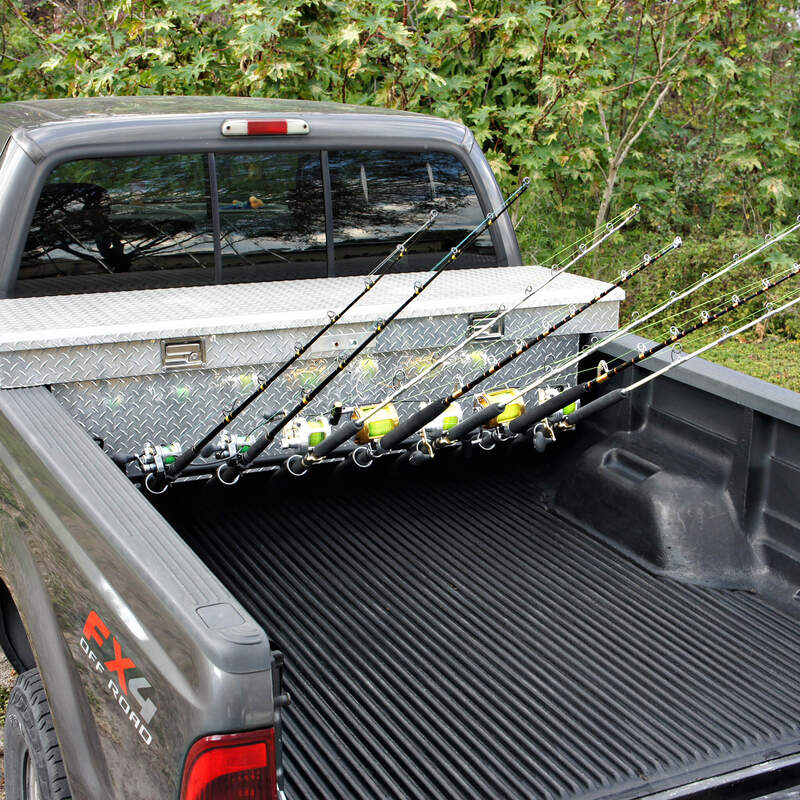
Materials Needed for Your DIY Fishing Rod Holder
Essential Supplies
Gathering the right materials is crucial before you start building your rod holder. Here’s a list of items you’ll need: PVC pipes (diameter ranging from 1 to 2 inches), PVC elbows, PVC cement, and a wooden board. The wooden board will serve as the base for your holder. You’ll also require screws and a drill, as well as a saw for cutting the PVC pipes. Having these items ready will streamline the building process. Additionally, consider adding foam padding to the inside of the pipes. This provides extra cushioning for your rods, ensuring they remain undamaged during transit.
Additional Tools
Besides the basic materials, you may want to gather some additional tools. For instance, a measuring tape will help ensure accurate cuts. A level can assist in making your rod holder straight and stable. Lastly, sandpaper may be helpful for smoothing any rough edges after cutting. By preparing your workspace with all necessary tools and materials, you set yourself up for success. Eliminating the need to stop and search for items mid-project saves both time and potential frustration. Proper organization of your workspace contributes to a smoother building process.
Building the Fishing Rod Holder
Step-by-Step Instructions
Now that you’ve gathered all your materials, it’s time to begin constructing your rod holder. Start by measuring and cutting the PVC pipes to the desired lengths. The length often depends on the number of rods you plan to store. For example, if you want to store six rods, cut six equal-length pieces of PVC. The ideal length for each piece is approximately 3 feet, but this can vary based on your needs. Next, take the wooden board and drill holes to match the diameter of your PVC pipes. This ensures the pipes fit snugly into the board, creating stability. Guidelines on spacing and layout can be easily found.
Assembling the Holder
After cutting the pipes and preparing the board, it’s time to assemble everything. Begin by inserting the PVC pipes into the holes on the wooden board. Use PVC cement for added sturdiness. Not only does the cement keep the pipes firmly in place, but it also prevents them from wobbling. After securing the pipes, consider adding additional PVC elbows for a more advanced setup. These can help create angled rod slots for better accessibility. Once everything is assembled, allow the cement to cure for the recommended time. This ensures your rod holder is secure and ready for use.

Enhancing Your Rod Holder
Protective Features
To enhance your DIY fishing rod holder, consider adding protective features. For example, applying foam padding inside the pipes can prevent scratches and damage to your rods. This will offer a cushioning effect, which is especially vital for higher-end fishing rods. Additionally, you can cover the edges of the wooden base with trim or corner guards. This prevents any accidental snags on your gear or skin. Such small details may seem insignificant, but they contribute greatly to your overall satisfaction with the rod holder.
Personalization Options
Another aspect of enhancing your rod holder is personalization. Add your name or logo to the wooden base as a fun touch. You may also want to paint the holder in your favorite colors. This not only makes it visually appealing but can also make it easier to identify among other equipment. If you frequently fish with friends or family, custom designs can differentiate your gear from theirs. Furthermore, consider adding a cup holder or storage compartments for small tools such as lures or pliers. Every little addition makes the rod holder more functional.
Mounting the Rod Holder in Your Truck Bed
Choosing the Right Location
Once your rod holder is complete, it’s essential to properly mount it in your truck bed. Selecting the right location is critical for safety and accessibility. Ideally, position the holder near the cab for easier access. This ensures you can quickly grab a rod without climbing into the bed. However, avoid areas that obstruct access to other essential gear. You might even want to check your truck’s load capacity before mounting. This will prevent any surprises during transit. Always make sure your holder is secured tightly. A loose holder can lead to damage or injury if items shift during driving.
Securing the Holder
To secure your rod holder, use sturdy bolts or screws that fit your truck bed liner. Ensure you drill into a solid part of the bed for maximum stability. Employ a wrench or socket set to tighten everything securely. Double-check the holder after it’s installed to ensure nothing is loose. A firm, solid base will prevent unnecessary movement, especially when driving on bumpy roads. You may even want to add straps or bungee cords for additional security. These can help stabilize your rods further, allowing for a worry-free journey. Always prioritize safety and gear protection during your fishing adventures.
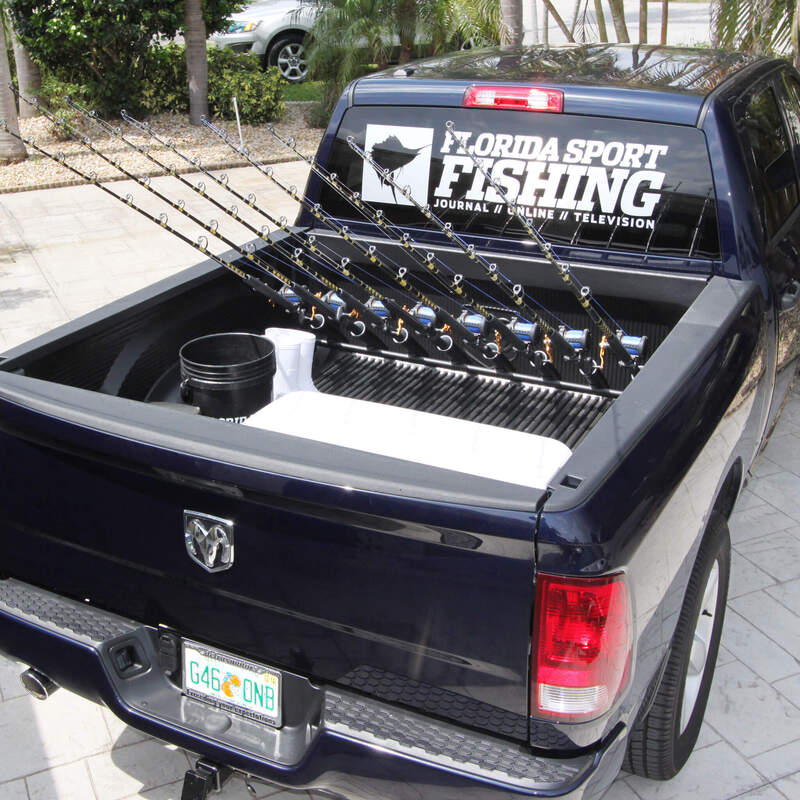
Maintenance and Care for Your Fishing Rod Holder
Routine Inspection
After you build and mount your rod holder, regular maintenance becomes essential. Periodically inspect all parts to ensure everything remains in good condition. Check for any signs of wear, particularly at stress points. Over time, components like screws or PVC pipes can become loose. Addressing these issues early can prevent more significant problems down the line. Additionally, inspect for any damage caused by exposure to weather. Moisture can lead to deterioration, especially if wood is involved. Staying proactive with maintenance preserves both the functionality and appearance of your rod holder.
Cleaning Procedures
It’s equally important to maintain proper cleanliness. Use a mild soap and water solution to clean the surface of your rod holder regularly. Avoid using harsh chemicals, as they may damage the material. Pay extra attention to the foam padding, ensuring it remains free of dirt and grime. By keeping your holder clean, you’ll increase its lifespan and maintain its aesthetic appeal. Furthermore, be sure to store the holder properly when not in use. This not only protects it from damage but also extends its lifespan. Always prioritize care to make the most of your investment.
Conclusion: Fishing with Confidence
Building your own fishing rod holder is not only practical but also fun. It allows you to customize your fishing experience while ensuring your gear remains in excellent condition. This DIY project supports your love for fishing and enhances all your adventures. By following this guide, you now have the knowledge needed to construct a reliable rod holder. With the right materials, careful planning, and attention to detail, you’ll create something functional and durable. You can embark on fishing trips with confidence, knowing your rods are safely and securely stored. Enjoy those trips while experiencing the satisfaction of a job well done. Happy fishing!
